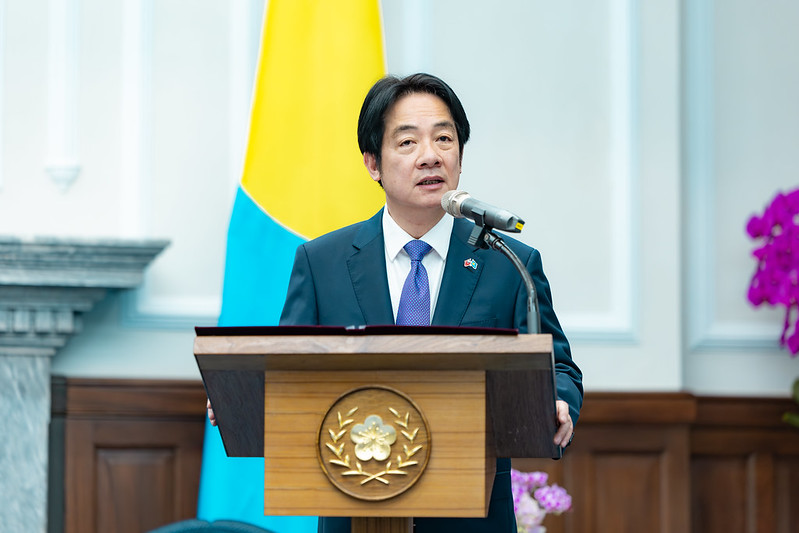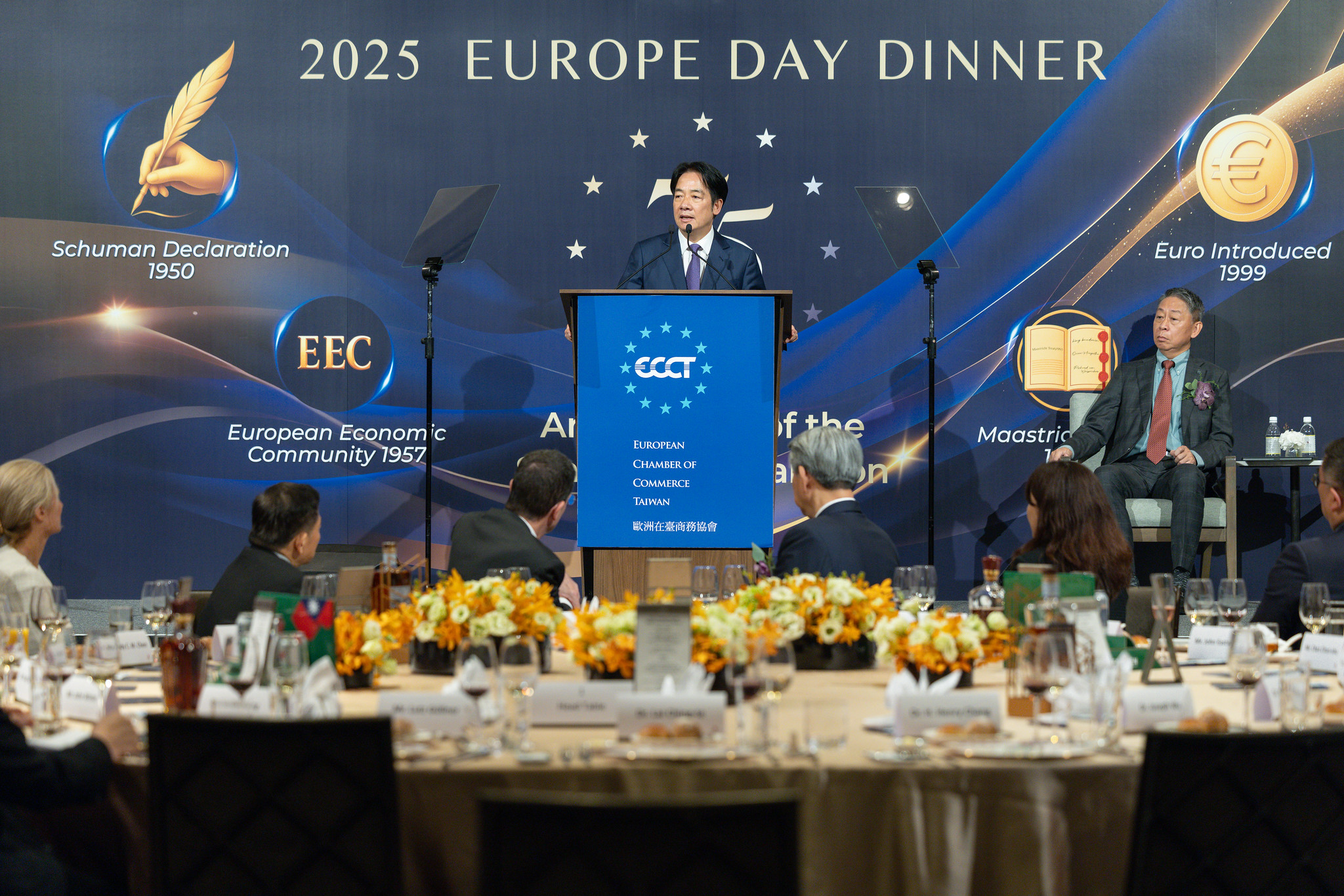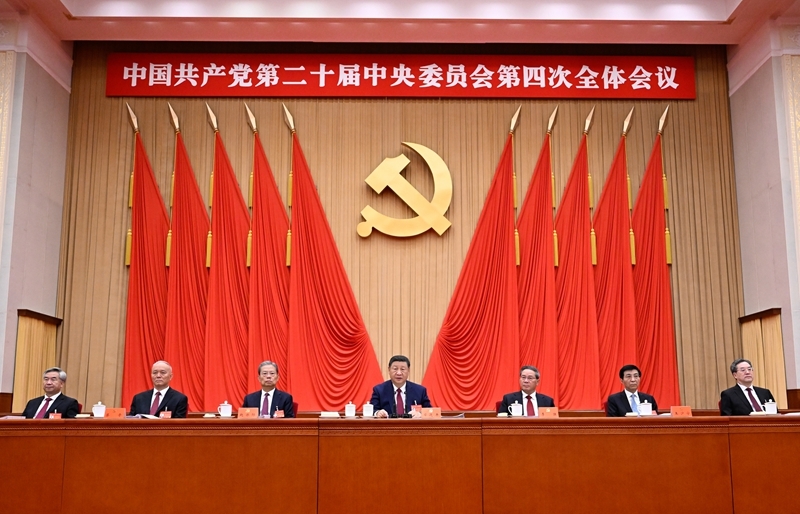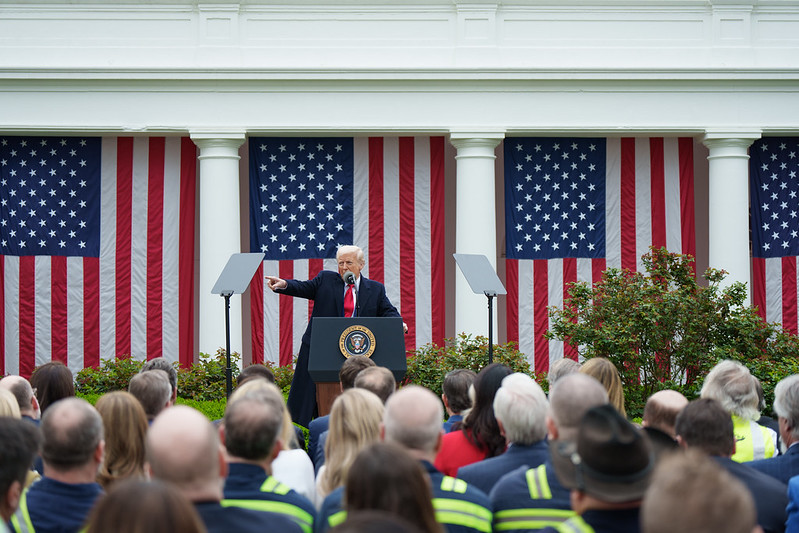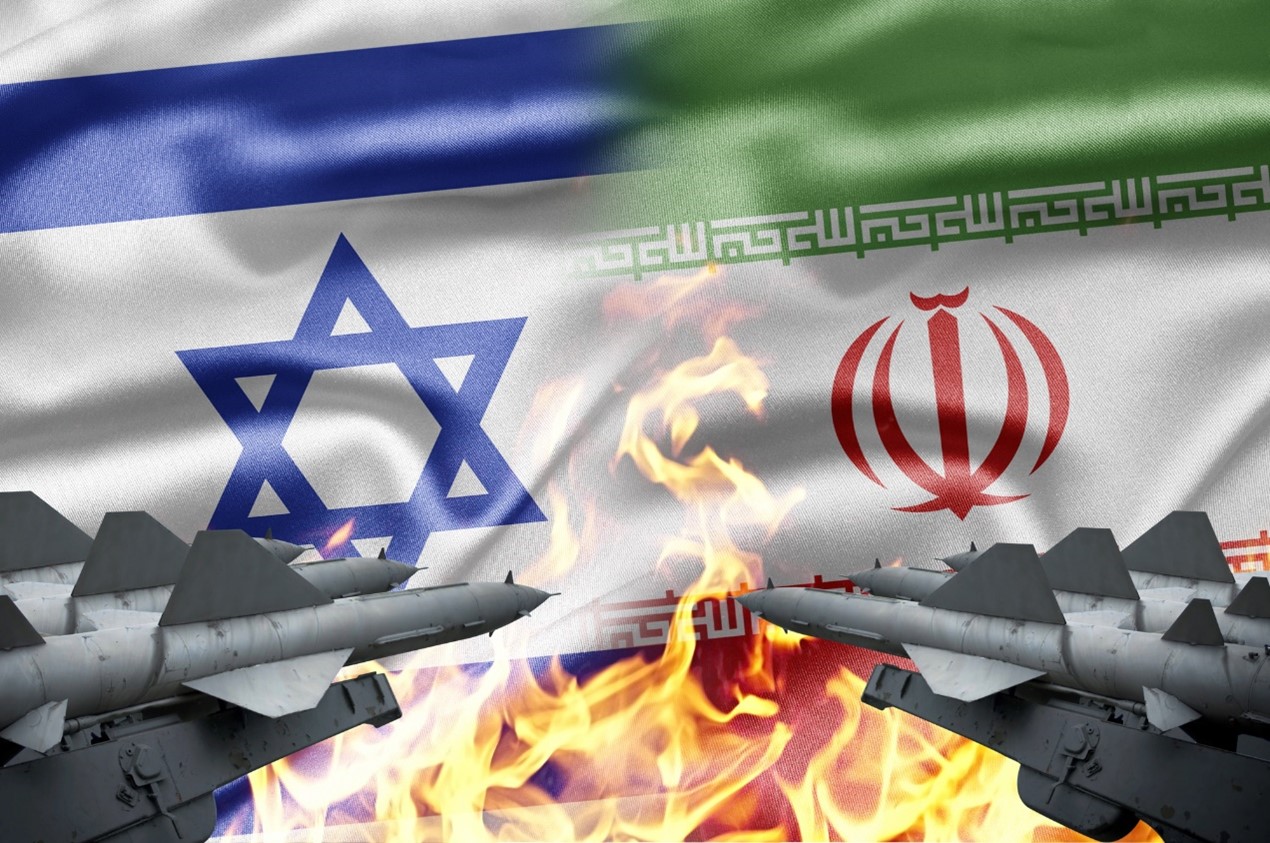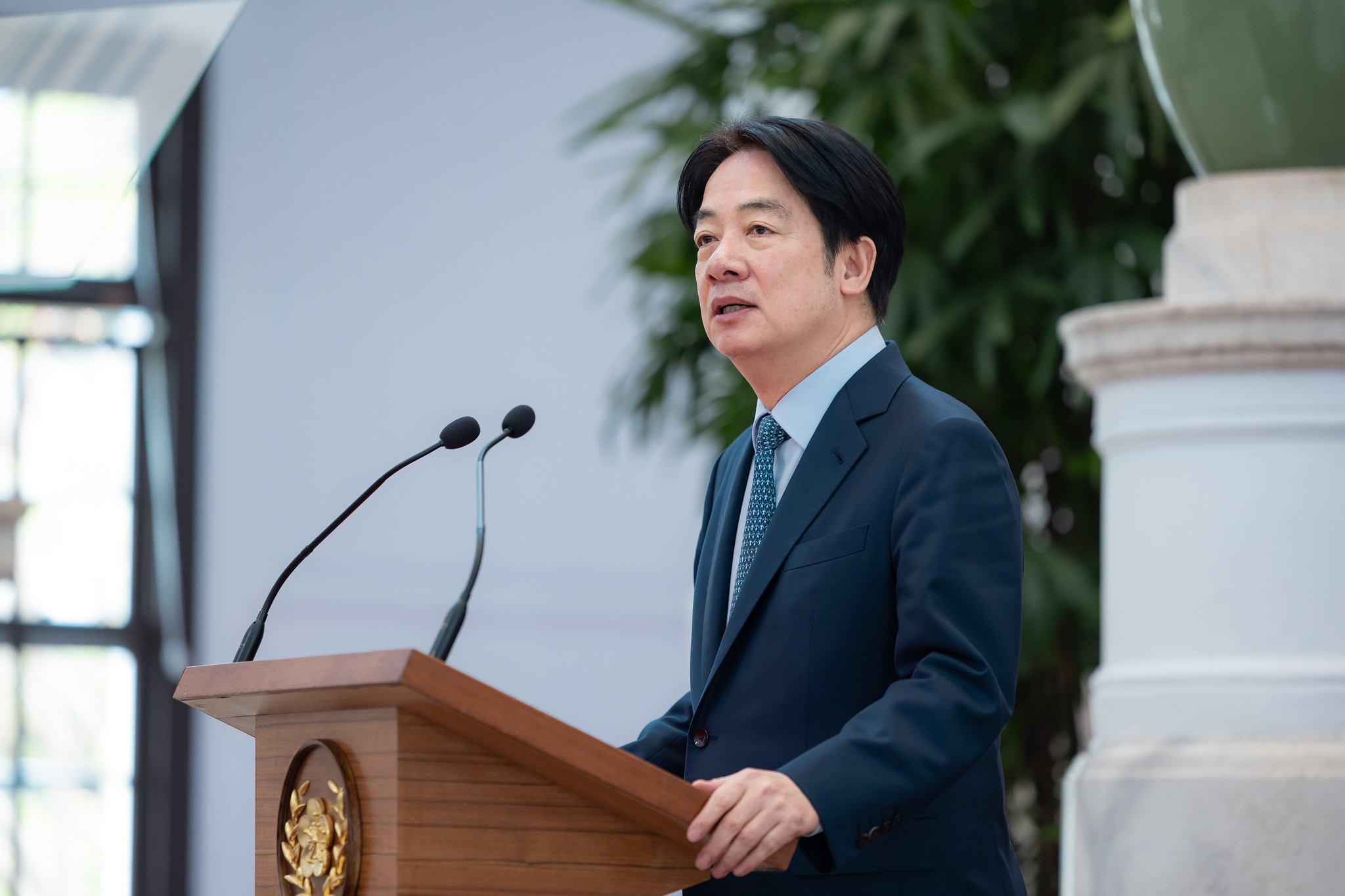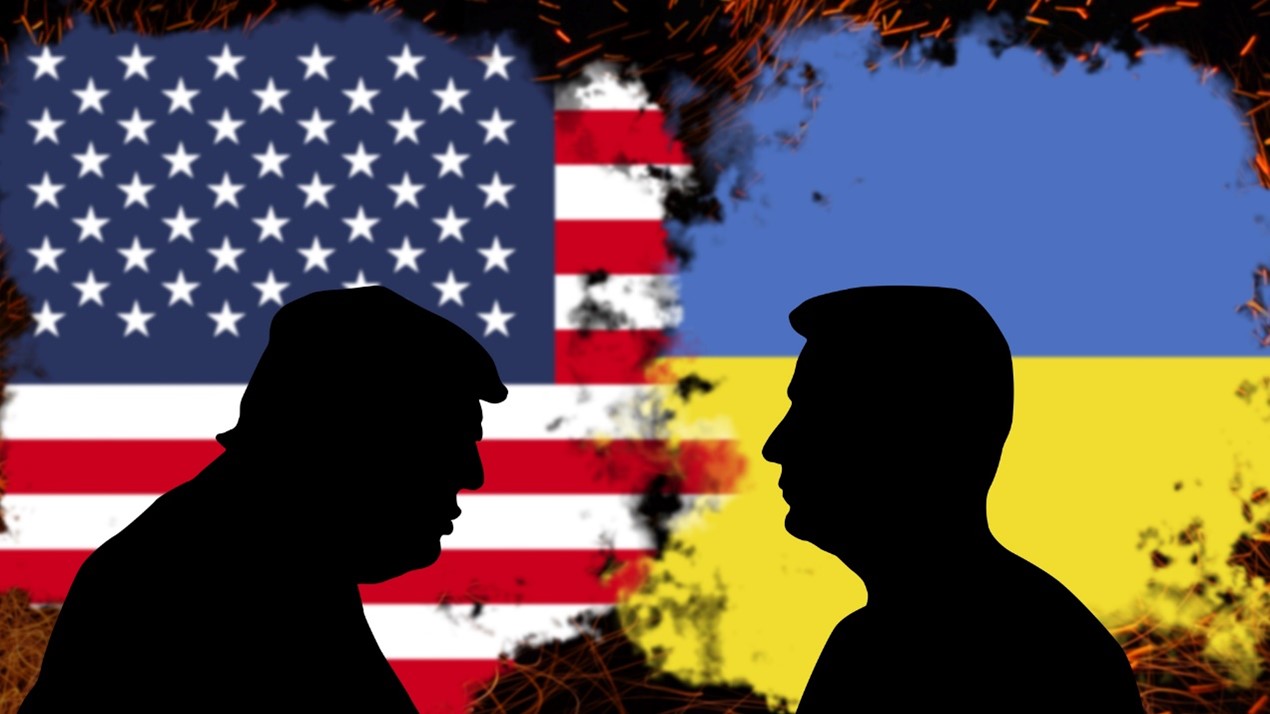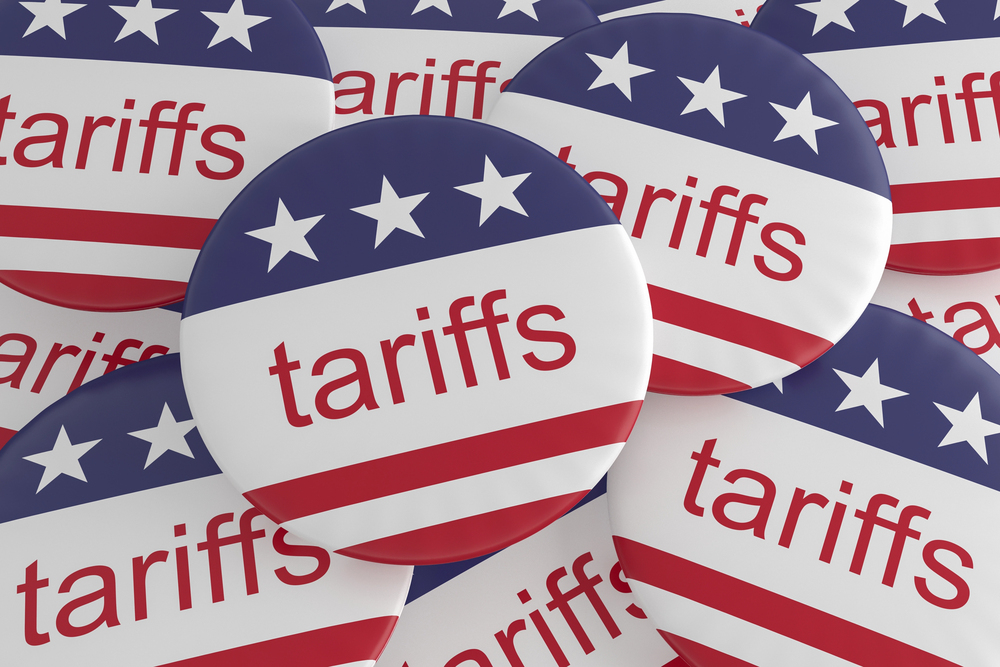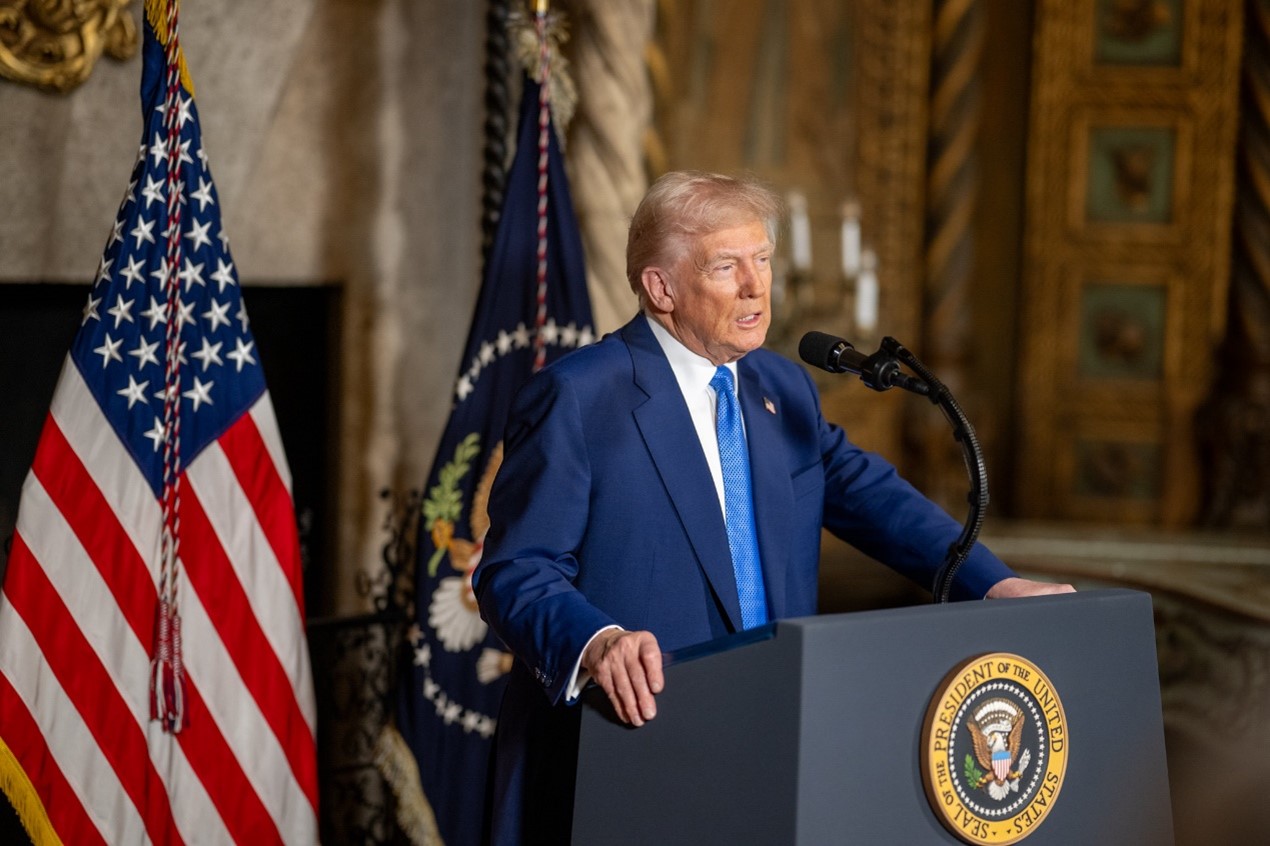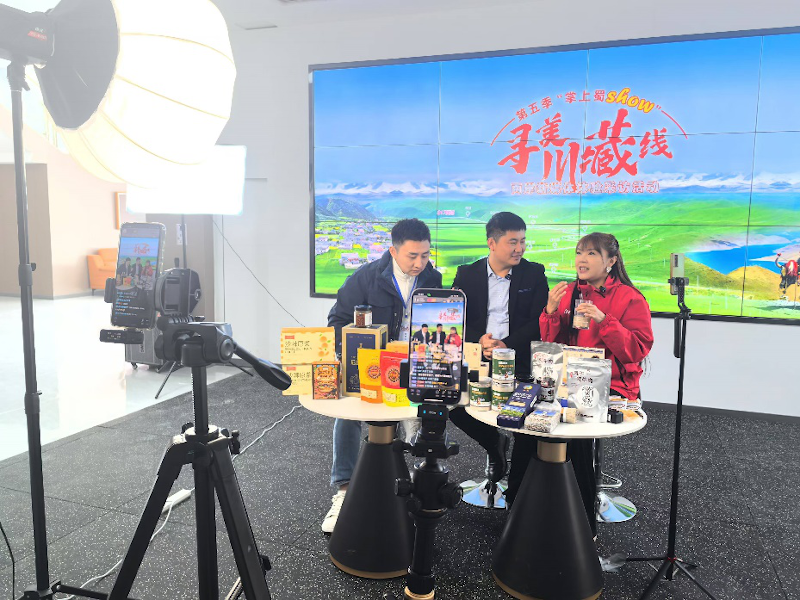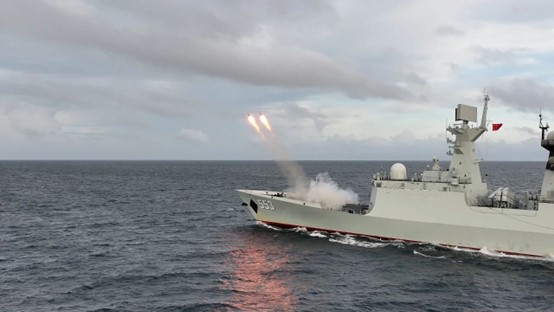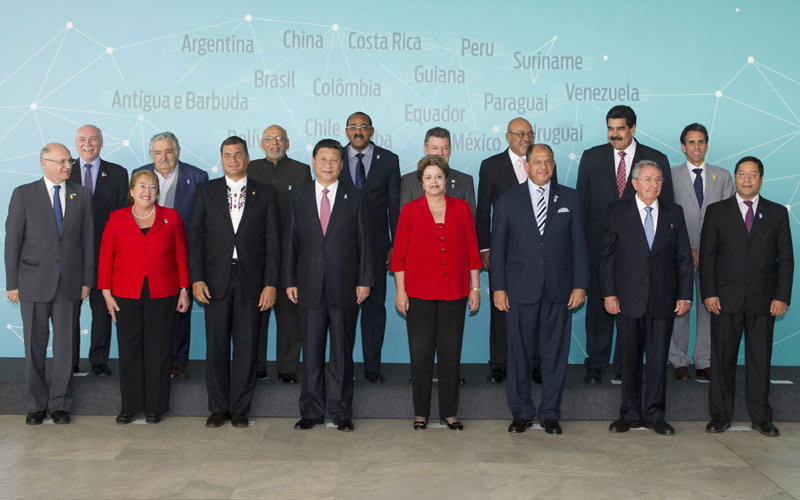President Lai has continued the foreign and defense policy trajectory of the Tsai administration, promoting peace and the defense of Taiwan through the appeal of democratic values. However, Lai has made more explicit and prominent statements and policy moves regarding China in response to the escalating threats from Beijing. Picture source: Taiwan Presidential Office, May 20, 2022, Flickr, https://www.flickr.com/photos/presidentialoffice/54531577522/.
Prospects & Perspectives No. 34
President Lai Ching-te’s One Year Mark: Navigating Uncertainty
By Fang-Yu Chen
President Lai Ching-te has marked his first year in office, during which he has faced numerous domestic and international challenges. On the domestic front, Lai has had to navigate a divided government, where the ruling party holds the presidency but lacks a majority in the legislature.
Among the challenges President Lai has faced is the introduction by opposition parties many controversial bills in the Legislative Yuan (some of those bills were later ruled unconstitutional). Subsequently, the Constitutional Court was frozen, followed by large-scale cuts to the government’s annual budget. These cuts were six times larger than in previous years, and the amount of frozen funds was 15 to 20 times greater than before. The political turmoil in the legislature risks undermining political stability and the fulfillment of the Lai administration’s goals.
On the international front, Taiwan is confronting a “Trump 2.0” administration in the United States, which has adopted unprecedented nontraditional policies, including global reciprocal tariffs and an unclear shift in the U.S. Indo-Pacific strategy.
Challenges abound
Despite these challenges, President Lai’s approval rating has remained around 50%. While different polling institutions report some variation, the most frequently cited sources — My-Formosa and the Taiwan Public Opinion Foundation — have consistently shown Lai’s support hovering between 45% and 50% in recent months. This level is higher than that of any previous democratically elected president at their one-year mark, indicating that the public continues to hold high expectations for the Lai administration.
One key factor behind this support may be the disarray and deliberate obstructionism by the opposition parties. Public concerns about the significant cuts to the government budget, especially the defense and national security budgets, may be the most important factor. Furthermore, U.S. lawmakers have raised concerns about Taiwan’s opposition parties during congressional hearings, and American officials have issued warnings in various settings. Most notably, a Reuters report in May 2025 directly quoted U.S. officials urging Taiwan’s opposition parties “don’t get in the way,” emphasizing that national security should be a bipartisan issue. In his speech marking the first anniversary of his inauguration, President Lai specifically addressed the opposition parties and proposed measures aimed at facilitating dialogue, such as planning to provide national security briefings to opposition leaders.
However, despite this olive branch, it appears that the turmoil in the Legislative Yuan is likely to continue for the time being.
Responding to China
The most critical point of contention lies in how to respond to the threat from China. Throughout his first year in office, one of President Lai’s foreign and defense policy priorities has been strengthening Taiwan’s self-defense capabilities. In his aforementioned speech, Lai focused on foreign trade, Taiwan-U.S. relations, and building an all-society approach to national defense. The speech emphasized the importance of safeguarding democracy but did not directly mention the threat from China. This approach was deliberate, as it intended to avoid giving China a pretext to launch large-scale military exercises against Taiwan and to send a clear signal to the international community that Taiwan is committed to peace and stability across the Taiwan Strait.
Similarly, in his recent speech at a tea reception organized by EU countries commemorating the end of World War II, President Lai avoided directly naming China. However, the content of the speech stressed the importance of democratic alliances and the values of freedom and human rights. He also called on major powers to act responsibly and improve their democratic and human rights track records in order to truly earn international respect. In essence, these were pointed messages directed at China — even if not explicitly named, the implications were clear.
In fact, over the past year, the Lai administration has repeatedly extended an olive branch to China, expressing willingness to engage in official dialogue and working to uphold the 26 existing cross-strait agreements. Yet, Beijing has shown no indication that it intends to respond, just as it did during the Tsai Ing-wen administration. Lai witnessed firsthand Tsai’s efforts to ease cross-Strait tensions, which were consistently met with silence or pressure from Beijing. In other words, regardless of what Taiwan’s president says or does, China continues to exert pressure on Taiwan. Furthermore, China’s infiltration of Taiwan, as reflected in the rise in espionage cases, grey zone activities such as sabotage of undersea cables, and the skyrocketing number of fighter jets and warships crossing the median line in the Taiwan Strait, all point to an intensifying hybrid threat.
These are the reasons why President Lai chose to send clearer, more direct signal to counter China’s influence with the introduction, in March, of the 17 national security measures which this time explicitly designated China as a “foreign hostile force” and laid out plans to comprehensively strengthen Taiwan’s national security system. Overall, Lai has maintained the old approach of upholding the “status quo” in the Taiwan Strait, but with a firmer stance and a different governing style that projects greater resolve.
Navigating an uncertain global environment
Taiwan faces not only increasing military and diplomatic pressure from China — both in scale and frequency — but also major shifts in the global order and economic structure. U.S. President Trump’s proposed 10% universal tariff would force other countries to either follow suit or accept new U.S.-defined trade terms. This would significantly weaken the functions and influence of many international organizations, such as the WTO and the IMF. With the advent of the Trump 2.0 administration, the U.S.-led international political and economic order established after World War II is beginning to unravel. Trump's tariff and monetary policies reflect a growing perception within the U.S. that its national power is in relative decline and that it can no longer project global leadership as it once did. As a result, the U.S. is increasingly demanding that other countries, especially allies, share the burden of global governance.
In other words, we are entering a new era of geo-economy. If Taiwan continues to approach this with a “maintain the status quo” mindset, it will be difficult to keep up. At the same time, Southeast Asian countries are likely to grow closer to China due to economic considerations. Taiwan’s New Southbound Policy, launched under Tsai and continued by the Lai administration, may face pressure in adjusting to this new reality, especially as countries like Malaysia, Thailand, and Indonesia have reiterated their position that Taiwan is part of China. This suggests that the diplomatic landscape in the region is likely to shift.
As for Taiwan’s most important foreign relationship — that with the U.S. — the Lai administration has deliberately avoided relying solely on “democratic values” or “alliance rhetoric” as the foundation for that relationship. Instead, it is negotiating with the Trump administration based on industrial cooperation and shared economic interests. The Lai administration has emphasized the threat China poses to U.S. economic and defense security and, simultaneously, to reinforce Taiwan’s strategic value.
When Trump introduced his “Liberation Day” global tariff initiative, President Lai responded by proposing negotiations for a trade agreement modeled on the USMCA (U.S.-Mexico-Canada Agreement), highlighting Taiwan’s role as a key partner in the global industrial supply chain. On the diplomatic and defense fronts, the American Institute in Taiwan (AIT) has repeatedly affirmed Taiwan’s policies and actions, which sends a strong signal of reassurance from the United States.
At the Shangri-La Dialogue held in early June in Singapore, U.S. Secretary of Defense Pete Hegseth presented a strategic roadmap highlighting the Indo-Pacific region as the upcoming focal point. Taiwan has already been included in a newly proposed U.S.-led multilateral initiative, the"Partnership for Indo-Pacific Industrial Resilience (PIPIR). This initiative aims to strengthen the resilience of the defense industrial supply chain and enhance security across the Indo-Pacific. This will also become a key area of focus for Taiwan moving forward.
Overall, President Lai has continued the foreign and defense policy trajectory of the Tsai administration, promoting peace and the defense of Taiwan through the appeal of democratic values. However, Lai has made more explicit and prominent statements and policy moves regarding China in response to the escalating threats from Beijing. Upon taking office, he established the Whole-of-Society Defense Resilience Committee under the Presidential Office, tasked with formulating policies to strengthen national resilience.
The goals set by the Presidential Office appear clear, but the real challenge lies in whether these plans can truly enhance whole-of-society resilience in practice, given that Taiwan may not have much time. Domestic instability and obstruction by opposition parties risk undermining the Lai administration’s efforts and must be confronted head-on. Indeed, fostering internal discord and conflict is a core objective of China’s united front strategy. The more chaotic Taiwan becomes internally, the more effectively China can achieve its political objectives toward Taiwan — and the more it can undermine Taiwan’s defense capabilities.
Whether the Lai administration can effectively carry out its goals, particularly the five key areas highlighted in his speech marking the first anniversary of his inauguration — disaster response and national security, climate change and sustainable policies, healthcare and social welfare, industrial economy and international strategy, and democratic governance and party cooperation — remains to be seen. Above all, however, managing internal affairs will remain the top priority.
(Dr. Chen is Assistant Professor of Political Science, Soochow University, Taiwan.)


